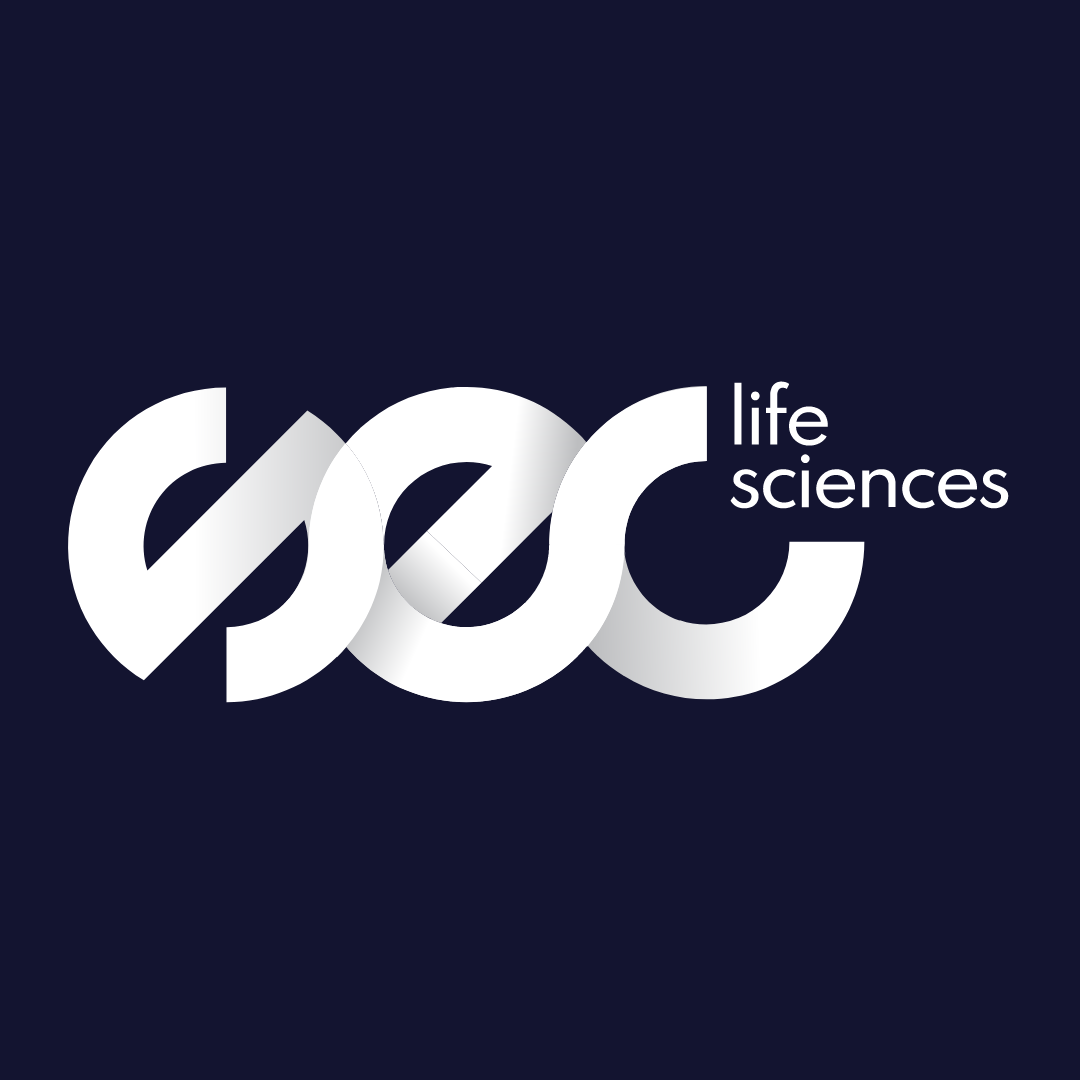Latest News
An insight into the challenges of cell and gene therapy commercialisation
23 Aug, 20224 MinutesReaching the market with cell and gene therapies (CGTs) is no easy task. Despite there being...

Reaching the market with cell and gene therapies (CGTs) is no easy task. Despite there being over 1,000 ongoing clinical trials for cell and gene therapies, there are currently only 23 FDA approved CGTs on the market globally. This is not putting off investors though, roughly a third of all private investments made last year in the life sciences industry were within CGT: a whopping $68 billion.
With such huge amounts of investment, it is easy to forget that we are currently in the early stages of CGTs commercialisation. Globally, there is a large eligible patient population who are ready and waiting to see the benefits of CGT but haven’t received the treatment yet. In the US for example, fewer than 20% of patients eligible for CAR-T therapy, a therapy used to recognise, target, and destroy cancer cells, are receiving it. Therefore, the commercialisation timeline needs to accelerate in a timely manner to help raise the statistics.
So what are some of the hurdles faced when it comes to cell and gene therapy commercialisation?
Target population sizes
Firstly, CGTs are very expensive, and typically have small target markets. This makes them a tougher sell when it comes to governments and healthcare bodies; When a treatment can only help a relatively small number of patients, they’re more likely to be deemed unprofitable, and pose greater risk for those involved in purchasing decisions.
In the case of Glybera, this is exactly what happened. Glybera was the world’s first gene therapy to receive approval in Europe, and due to commercial failure, the developers did not renew its market authorisation. The CGT was priced at €1 million, making it the most expensive treatment upon its commercialisation in 2012, and also had a small target market. This made it hard to convince governments to get behind it and continue to pay for it.
Global healthcare infrastructure
For CGTs to help their target populations, the healthcare infrastructure will need to change at a global level. Currently, most hospitals do not have the facilities, processes, or expertise in place to provide patients with access to CGT treatments. With the amount of CGTs on the market growing at a relatively slow pace (only two were approved by the FDA in 2021), and as CGTs only help a small audience, it’s not likely that there will be a quick uptake in the healthcare industry making commercial success a challenge.
Demand for talent
To support the uptake of CGTs, commercial directors need to have talented people on the ground and at the moment there is a shortage of qualified talent. One reason behind this is that, commercially speaking, CGT is a very new field. This means there are few people who have hands-on experience when it comes to leading a successful CGT commercial strategy, as it’s been done so few times. Hiring experienced commercial heads may therefore be a struggle for small or midsized companies, as many of the businesses that work within CGT and have the resources to attract and retain these people are larger companies.
Following decades of effort to establish and progress the field, the future of personalised care, targeted treatment, and fights against rare disease are clearly looking more optimistic thanks to the capabilities shown by cell and gene therapies. It’s clear too, though, that transformation across the healthcare sector will need to be undertaken in order for us to see widespread commercial success, and to realise the full potential offered by CGTs.
Harvey Curzen has vast knowledge and experience in the commercial space, specialising in cell and gene therapy within the DACH region. For support in securing your business-critical hires or to enquire about our open opportunities within the sector, connect with Harvey on LinkedIn here, or send him an email at harvey.curzen@seclifesciences.com.



